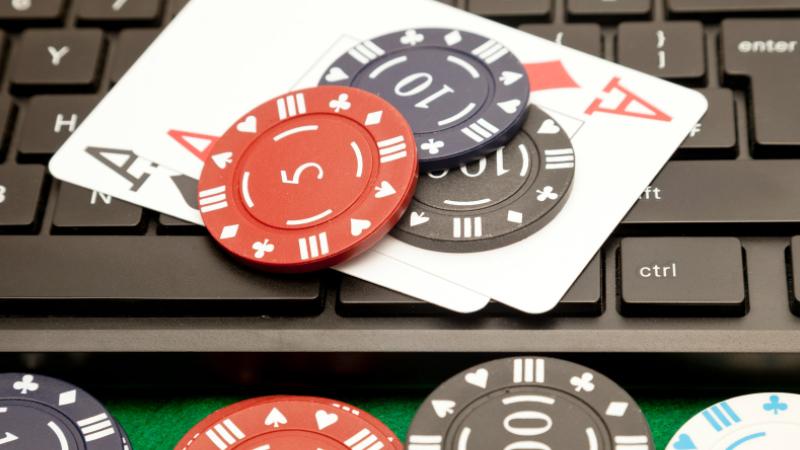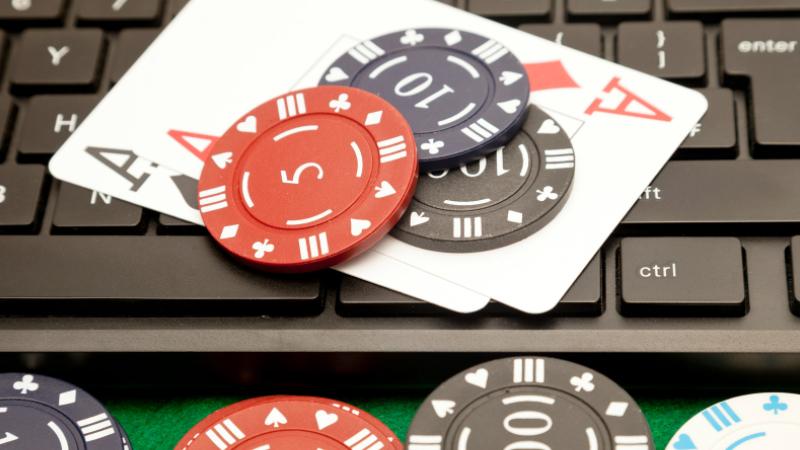Newbies in poker believe that reading (i.e., predicting) an opponent’s cards is somewhat mystical or accessible only to professionals. However, hand reading is the backbone of playing a profitable poker game, without which it is impossible to imagine winning. Indeed, if you cannot guess your opponent’s card, with which he/she is playing, how and what can you offer as a confront to him? Therefore, using logic could be helpful in reading cards in poker. If you were looking for something simpler, try to play online. So, observe your opponent’s actions and compare them with previously seen behavior used by the other players in similar situations. It will prove helpful for you in reading the hand.
Fundamentals of Card Reading
While reading poker cards, experience plays a vital role. So, only through long training sessions and multiple times that hands played can enable you to hone your skill at predicting your antagonist’s cards. Naturally, even the most proficient professionals are unable to identify the rank of a card accurately in a suit; however, in many other conditions, it is sufficient to recognize the range of hands. Let’s see each of these:
- Due to the variation in players as each individual has his/her ways to play, it becomes impossible to predict a single correct scheme for each opponent’s reading cards because all players are individual, and each of them has his/her characteristics. Therefore, your predictions about reading hands should not be based only on general principles, but also, the factors must be taken into account, such as your poker rival’s way of playing the game, followed by how he previously took actions and how is his current composition at the table. So, these all factors can contribute to helping your poker game hand reading strategies.
- Your opponent will not take the risk of betting high value without a strong combination, and he would be already cautious that you won’t fold to his raise. Therefore, neither is he going to bet for any value without a potent combination, and at the same time, he would be sure that you do not fold to his raise. It is impossible to predict the exact size of the bet that your opponent will make, but with time after observing different hands, you could have some variants.
- Your poker opponent will also employ some strategies, such as he won’t bluff out of a made hand cause it would be the last thing on his mind to risk with a strong hand, such as raising big. However, when your poker rival is not sure of his hand’s strength, then more probably, he wants to get a draw. Consequently, his betting pattern might change, and it could be unlikely to take chances that he/she might be taking at that time. So, when you are focused, then you can easily detect such behavior of your poker rival.
- There could be some circumstances when your opponent’s bet is due to his/her expectation to raise the pot so that that bet will be at odds, but usually, this only happens with loose players. So he won’t take another chance for a third stake to cover his gutshot.
These methods could be helpful, but these aren’t the only ways to help you read poker cards. As we have explained earlier, all opponents play differently, but these statements prove right for at low and medium limits. Therefore, using over-explanation, you can still form a strategy for reading your opponent’s hands.
Classifying hands
To learn how to read cards in a poker game, you need to understand how hands are classified, depending on your opponents’ actions. The fact is, we cannot determine the exact combination; we can only guess with what hands he can play, performing specific actions. So, we will give examples of some combinations and how our poker rival is more probably going to act with them:
Monster Hand
This category includes your rival being more confident during the distribution, so he takes the chances to play with a big pot. However, it doesn’t mean that he will bet and raise whenever possible (no one has canceled slowplay yet ); on the other hand, he is confident in the potency of the combination and can be paid for.
Hands of Showdown Value
With such a combination, the opponent considers his hand at the best one but does not seek to inflate the pot. In this case, players usually play pot control by checking and calling opponents’ bets. Under such a situation, the players who bet small or raise to understand where they are, are no exception.
Draw/bluff
With bluffs/draws, your opponent must either buy on later streets or in hopes of stealing the pot. This category includes noticeable flush and straight draws and any hands that have little showdown value. And sometimes none at all. Depending on playing style and the draws’ strength, players can play these hands quickly or slowly.
Predicting the Actions

Another way to predict the opponent’s next move or card possibility is through his action or behavior while sitting across him/her. Moreover, it plays a huge part in forming maximum accurate assumptions. In online gaming, the jargon ‘tell’ is used for it. Therefore, it refers to a piece of information that helps us to form assumptions about our poker rival’s hand type. So, the players who are good at understanding body language can predict it more accurately than the others.
Some of the areas for the body languages while playing poker include the following ones:
- Nervousness: How does your opponent’s composure be? Such as whether he is shaky or you feel a tremble in his voice? Is he behaving in an unusual way, such as can you guess it is out of worry?
- Betting: What is the style of sending chips to the center of the table? How long is he taking over an average betting? Can you notice any connection between his hand type and betting style? What could you guess from his pauses before betting?
- Eyes: There is a common proverb that eyes are the mirror of the soul, so can you look into your opponent’s eyes and guess the tension? Is his gaze intense or normal, and in which direction is he focusing? Does he have the confidence to look into your eyes, or is he trying to ignore eye contact?
- Voice: Can you feel an element of nervousness in his voice? How the change in his voice sounds to you before the start of the game and right now when it has started? Is he speaking confidently or conveying his messages through gestures? Is he actively taking part in the conversation at the table? How is his decision-making consistent, such as at any point during distribution did he ‘hang’?
All in all, there could be other ways, such as the style of checking the cards and the time he takes to look at the cards. He checks them with which frequency, and you might feel that he would be performing certain tricks.
Final Thoughts
The ability to read cards in poker allows logical reasoning and mathematical calculations to conclude certain actions’ expediency. This skill is fundamental to poker, so the lion’s share of training and practice should be devoted to developing related skills. Moreover, reading poker cards is not an easy process. Instead, you need to employ multiple techniques and stay active and focused on observing the signs.
